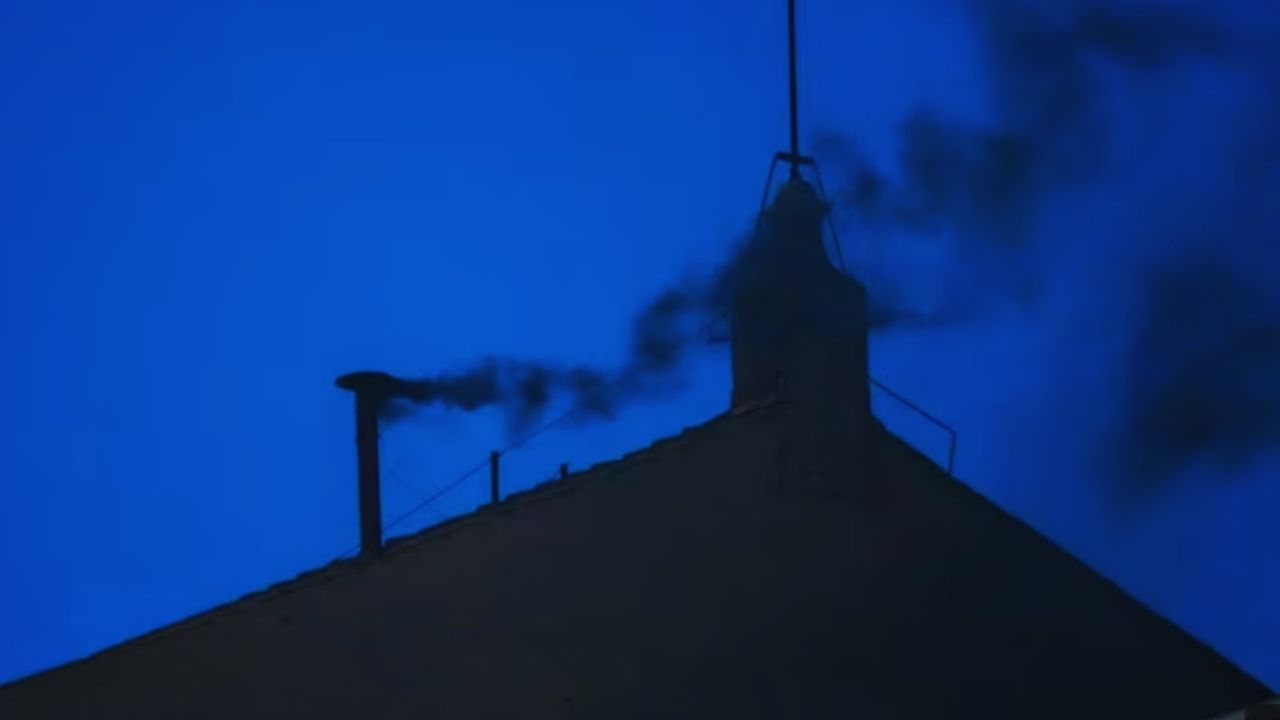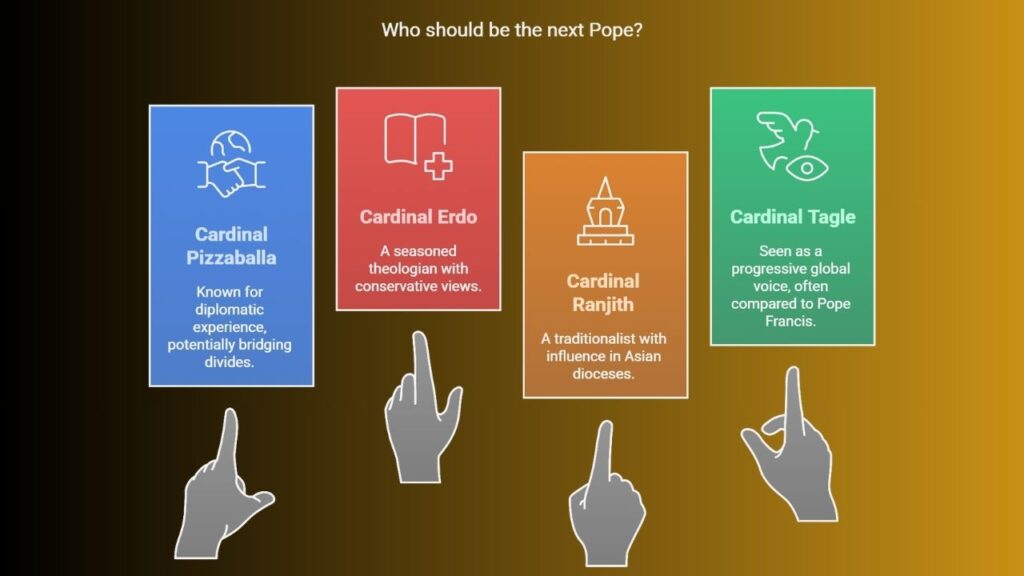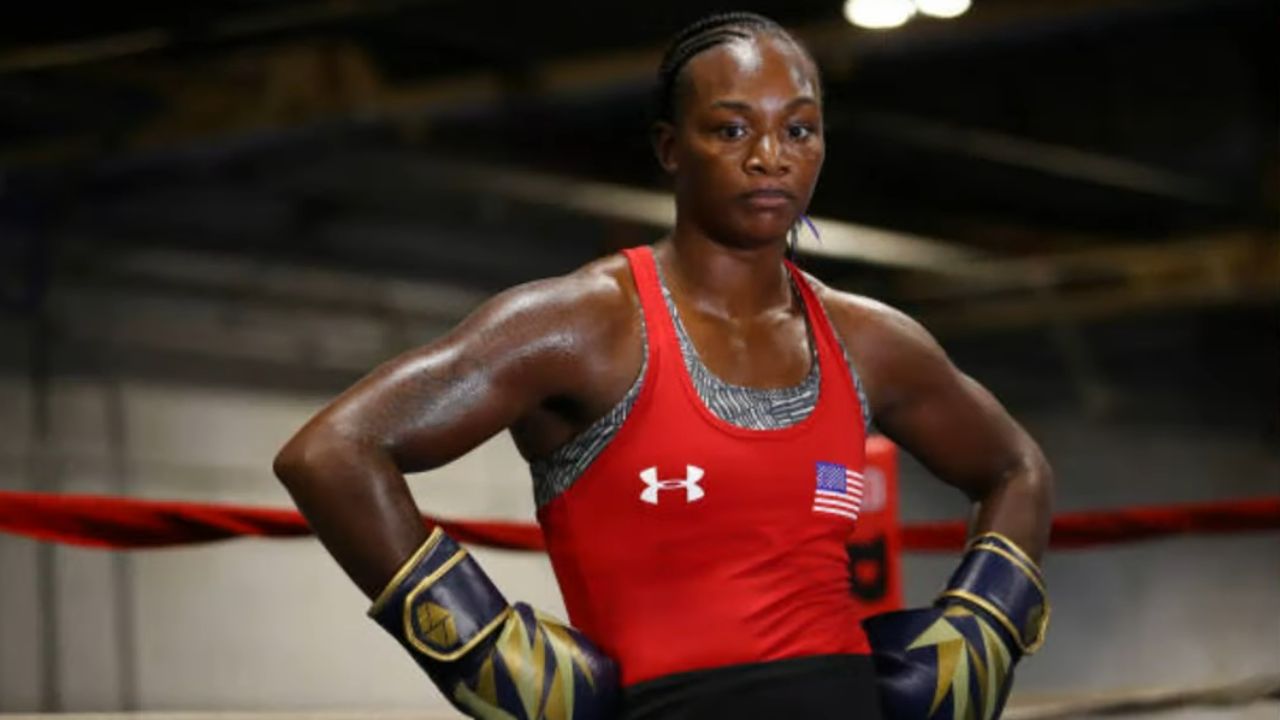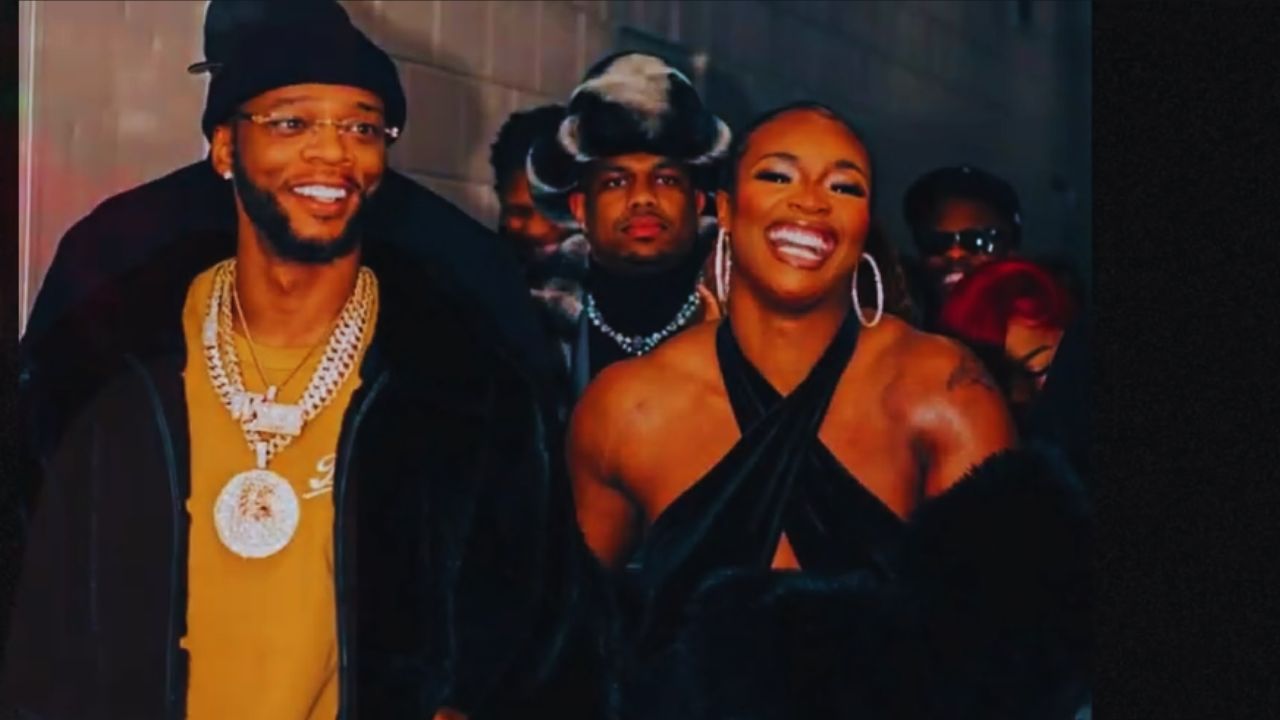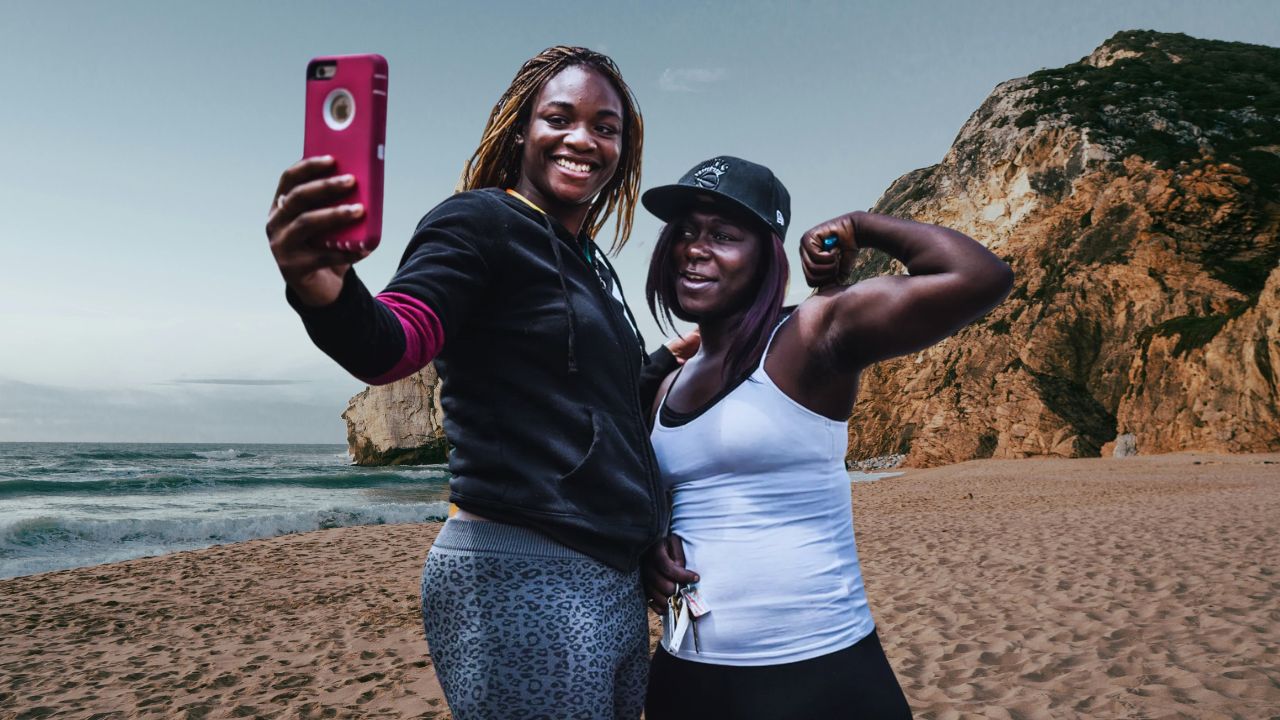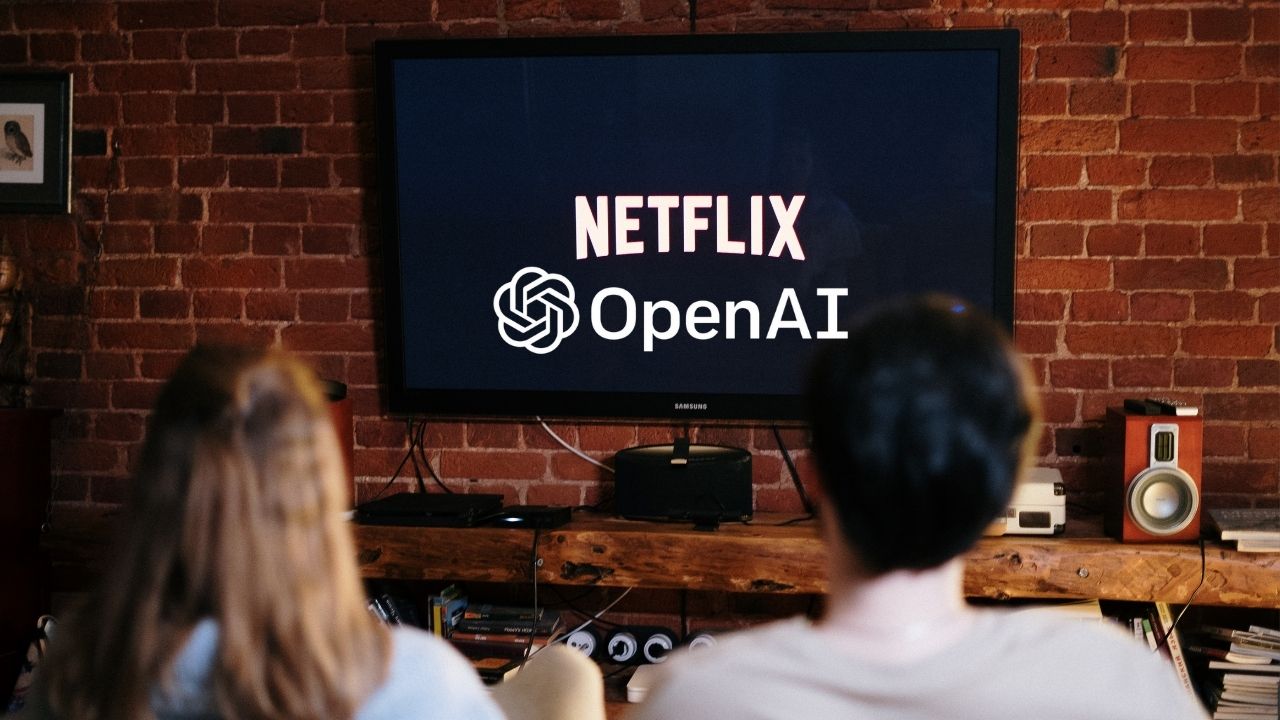Thick black smoke rose from the chimney atop the Sistine Chapel on Wednesday evening, signifying that the College of Cardinals has not elected a new pope in their first round of voting. The traditional smoke signal, long used by the Roman Catholic Church to communicate the outcome of papal ballots, brought a wave of anticipation—and, for now, disappointment—to the tens of thousands gathered in St. Peter’s Square.
This marks the solemn beginning of a process that could take days or even weeks as 133 cardinal electors from around the world deliberate behind closed doors to choose the 267th pope of the Roman Catholic Church. The conclave follows the death of Pope Francis on April 21, 2025, who passed away at the age of 88 after serving as pope for 12 years.
First Vote Ends Without Result, as Expected
The first plume of smoke emerged at approximately 9:05 p.m. local time, roughly three hours and fifteen minutes after the cardinals began voting. The color—black—confirmed that none of the candidates received the required two-thirds majority vote (89 out of 133 cardinals).
According to Vatican historians and experts, this result was not surprising. “In no living memory has a pope been elected on the very first day,” noted veteran Vatican correspondent Hoda Abdel-Hamid. “The first vote often acts as a ‘temperature check,’ giving the cardinals a sense of the voting patterns and alliances before more serious consensus-building begins.”
Indeed, it’s common for the first vote of any conclave to be inconclusive. The purpose is often to gauge the initial support levels for various candidates, establish momentum, and begin narrowing the field. The cardinals are expected to resume voting on Thursday morning, with up to four rounds possible per day—two in the morning and two in the afternoon.
Strict Secrecy and Sacred Tradition
The conclave is shrouded in both tradition and strict security. The 133 cardinals were formally sequestered inside the Apostolic Palace earlier in the day after a solemn Mass in St. Peter’s Basilica. They entered the Sistine Chapel in a ceremonial procession as Gregorian chants filled the air, marking the sacred beginning of their deliberations.
Once inside, all communication with the outside world is cut off. The cardinals are required to surrender their mobile phones and electronic devices. Radio frequencies are jammed around the Vatican to ensure no information leaks. The goal is to maintain the integrity and independence of the decision-making process until a new pope is chosen.
Their votes are cast on slips of paper inscribed with the words “Eligo in Summum Pontificem” (“I elect as Supreme Pontiff”), which are then counted and burned in a special stove. If no candidate secures the necessary majority, a chemical is added to produce black smoke, or “fumata nera.” Only when a new pope is chosen does white smoke, or “fumata bianca,” rise from the chimney.
Massive Crowds Gather Despite Uncertainty
Outside, thousands of pilgrims, tourists, and journalists from around the globe packed into St. Peter’s Square, watching the chimney intently. Large screens were erected to show the entrance of the cardinals and the solemn proceedings within the Basilica. Some visitors had been camped out since the early morning hours.
Many attendees expressed hope and excitement, despite the inconclusive outcome. “It would be perfect—so special—to witness the announcement of a new pope,” said Catriona Hawe, a 60-year-old tourist from Ireland. She, like many others, had come to the Vatican specifically for this historic moment.
Others reflected on the legacy of Pope Francis and the direction they hope the Church takes moving forward. “Francis was brilliant—progressive, a man of the people,” Hawe added. “But I hope the next pope moves things forward even more boldly. The Church won’t help itself by choosing someone too conservative.”
A brief moment of levity came when seagulls perched atop the Sistine Chapel, a familiar sight that evoked memories of the 2013 conclave when a lone bird became an unlikely media sensation. Laughter rippled through the square as cameras zoomed in on the birds—an unusual but symbolic interruption of the moment’s gravity.
A Global and Unpredictable Conclave
One of the defining features of this conclave is its global diversity. Pope Francis appointed 108 of the 133 cardinal electors, many from countries that have never had a cardinal before, such as Mongolia, Sweden, and Tonga. His decision to expand the pool beyond the usual maximum of 120 electors has introduced more voices—and potentially more complexity—into the selection process.
Some cardinals, having never met before last week, expressed concern over the short time available to get to know one another. According to sources inside the Vatican, several expressed the need for more deliberation and dialogue before committing their votes. This could extend the duration of the conclave beyond the two days it took to elect both Pope Benedict XVI (2005) and Pope Francis (2013).
No Clear Frontrunner, Dozens of Names Circulating
The absence of a clear favorite has added to the unpredictability. Among the names being discussed:
- Cardinal Pierbattista Pizzaballa (Italy) – Latin Patriarch of Jerusalem, known for his diplomatic experience.
- Cardinal Peter Erdo (Hungary) – A seasoned theologian with conservative views.
- Cardinal Malcolm Ranjith (Sri Lanka) – A traditionalist with influence in Asian dioceses.
- Cardinal Luis Antonio Tagle (Philippines) – Often described as a “Francis 2.0,” seen as a progressive global voice.
But the list remains wide open. Analysts note that the division between conservative and progressive factions may make it difficult to reach consensus quickly.
Major Issues Await the Next Pontiff
The new pope will inherit a Church facing profound challenges:
- Declining numbers of priests and churchgoers, particularly in Europe and the Americas.
- Financial transparency and reform amid persistent budget shortfalls in Vatican operations.
- Gender roles within the Church, including the calls for women to be allowed greater leadership.
- The lingering impact of clerical sexual abuse scandals, which continue to damage the Church’s credibility.
- Modernization and digital outreach, especially among younger generations.
In addition to internal matters, the new pope will also need to navigate delicate geopolitical tensions—such as wars in Ukraine and the Middle East—and represent Catholicism on the world stage with clarity and moral authority.
What Happens Next?
Voting will resume Thursday morning, and cardinals will continue meeting daily until one man receives the required two-thirds support. Historically, modern conclaves last between two and five days, though there are exceptions. The longest papal conclave on record occurred from 1268 to 1271, lasting a staggering 1,006 days due to political interference and factional deadlock.
Until white smoke appears and the bells of St. Peter’s ring out, the world waits—watchful and prayerful—for the moment the Church proclaims “Habemus Papam” (“We have a pope”)
The Information is Collected from ABC News and NBC News.


